10 new traditional art tools for October
New art books, shows and supplies worth knowing about.
In this month's roundup, we look at London through the eyes of artists old and new, with a must-see exhibition and a must-read book, both focusing on the English capital in paint. One of the all-time great comic book artists, Dave Gibbons, shows you how he does what he does. We also check out his favourite tool. And a new book takes a surreal look at a surrealism, mixing fact and fiction to dazzling effect.
01. This Is Not A Biography
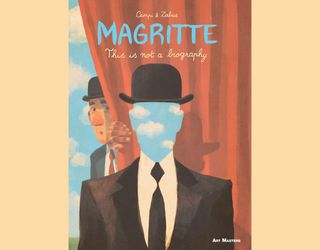
Rene Magritte, the surrealist who may or may not have painted a pipe, inspired this collaboration between author Vincent Zabus and artist Thomas Campi. Charles Singular, the book's protagonist, buys a hat that once belonged to Magritte.
"What follows," goes the blurb, "is a hallucinatory journey through Magritte’s imaginative landscape, a place where facial features mutate, the crescent moon appears in unexpected places, and answers prove frustratingly elusive." The book is a playful but thoughtful look at Magritte's art and artistic process.
02. French artists in London
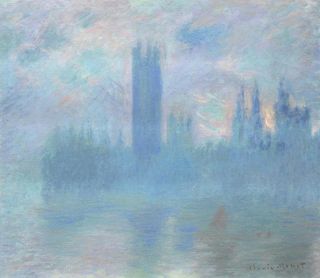
Monet, Tissot and Pissarro all feature in this new exhibition at the Tate. In the 1870s, artists fled the Franco-Prussian war by crossing the channel and setting up shop in London, and their work is said to offer "a fascinating insight into how London was perceived by the visiting French artists".
This show maps the many connections between French and British artists, their patrons and art dealers. The exhibition begins the beginning of November and runs right through to January.
03. London in Paint
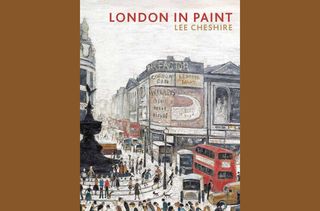
This new book by Tate offers an in-depth look at London in paint, with 100 paintings from the 17th century all the way up to present day, works by Constable, Turner and Monet, as well as lesser-known contemporary artists like David Hepher and Lisa Milroy.
This diverse collection takes in views of St. Paul’s, the Thames and Tower Bridge, all contextualised with anecdotes about the art and the artists. Just as interesting are the quieter moments, the street corners and residential squares. It's a fascinating look at an ever-changing city.
Get the Creative Bloq Newsletter
Daily design news, reviews, how-tos and more, as picked by the editors.
04. Draw like Dave Gibbons
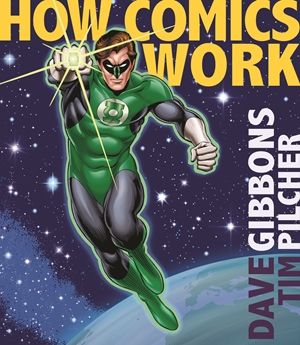
Dave Gibbons teaches you scriptwriting, page layouts, lettering, cover designs – everything you need to create your own comic. You're learning from the best here: Gibbons drew Watchmen, one of the best-selling graphic novels of all time, and in 2014 became the UK's first Comics Laureate.
The book includes scans of original artwork and work-in-progress, looks at both hand-drawn and digital techniques, and how Gibbons layers text for editing, creates effects, and prepares artwork for print and online.
05. Dave's favourite pen
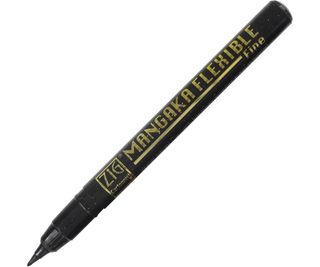
Dave Gibbons' pen of choice is the Mangaka Flexible Fine. Once dry, its water-based pigment ink is smudge-proof with watercolours and alcohol-based markers. The flexible, fine brush tip is smooth and fluent, so it's suitable for beginners as well as pros, and gives good clean lines whether pressed firmly or lightly. These pens are nice to hold too – has a good weight to it – plus they're priced very reasonably. Choose from fine, medium or sepia versions.
Buy Dave's pen, draw like Dave. We're pretty sure that's how it works.
06. Sketch Now, Think Later
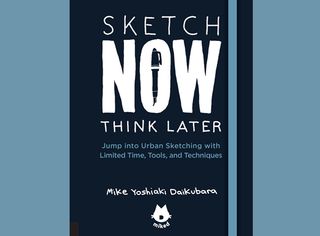
In his new book, artist and urban sketcher Mike Daikubara explains how you can find more time to draw. "Many people give up on their potential hobby (and artistic outlet)," Daikubara writes, "because they feel they just don’t have the time to lay the groundwork." The Boston-based creative says anyone, even those with limited time and no previous experience, can make sketching a part of their daily lives.
07. Daikubara's pen
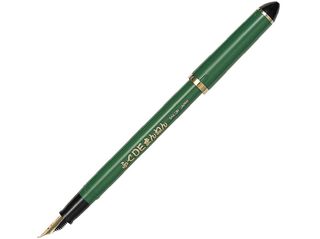
Daikubara prefers to sketch with the Fude pen made by Japanese manufacturer Sailor. "At first glance," he writes, " the bent nib almost seems broken. It's quite surprising how this small bend allows the pen to create brushlike lines, but with more control than a regular brush." (Those who want to get really geeky about supplies may also be interested to know Daikubara uses Noodler's Lexington gray ink.)
08. The geometry of sewing
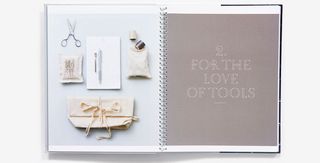
Natalie Chanin makes their point that all stitches are based on geometric grid systems. By using grids as guides, she says, we can all learn to stitch seemingly elaborate patterns. Her books features illustrated instructions for more than 100 stitched designs, from the most basic to the most complex, photos of the right and wrong sides, and guidelines on modifying stitches once you become more advance.
The book includes two reusable plastic stitching cards, die-cut with the grids of every stitch in the book. You practise by stitching through the cards, or use them as stencils to transfer grids to fabric.
09. Stitch Lover set
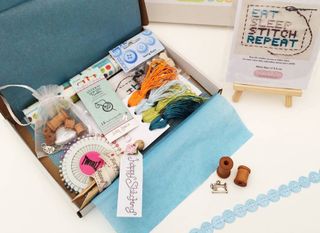
The ‘Stitch Lover’ craft box is aimed at both beginners and pros. It contains: a mini ‘Eat. Sleep. Stitch. Repeat’ cross-stitch kit, ‘Sew Happy’ ribbon, embroidery thread and fabric, novelty buttons, a set of needles, a length of blue satin button trim and other sewing room-inspired loveliness. It has been put together by Stitch Kit, a maker who is a regular contributor to craft magazines, and is hand-packed, using only quality, light-fast materials.
10. 365 Days of Art
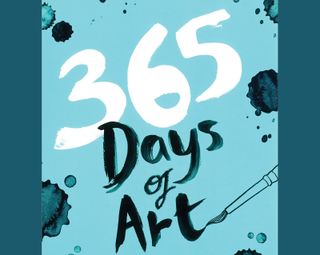
Lorna Scobie is a London-based designer and illustrator. 365 Days of Art is a daily journal that features a range of activities – everything from calligraphy and tonal drawings, to mastering portraits and perspective.
Its aim is to encourage you to try different media and techniques, whether you're a novice, hobbyist, or professional artist. Scobie says it's all about freestyling and experimenting, which is "guaranteed to stir your imagination and put a little creativity into every single day."
Related articles:

Thank you for reading 5 articles this month* Join now for unlimited access
Enjoy your first month for just £1 / $1 / €1
*Read 5 free articles per month without a subscription

Join now for unlimited access
Try first month for just £1 / $1 / €1
Gary Evans is a journalist with a passion for creative writing. He's recently finished his Masters in creative writing, but when he's not hitting the books, he loves to explore the world of digital art and graphic design. He was previously staff writer on ImagineFX magazine in Bath, but now resides in Sunderland, where he muses on the latest tech and writes poetry.
